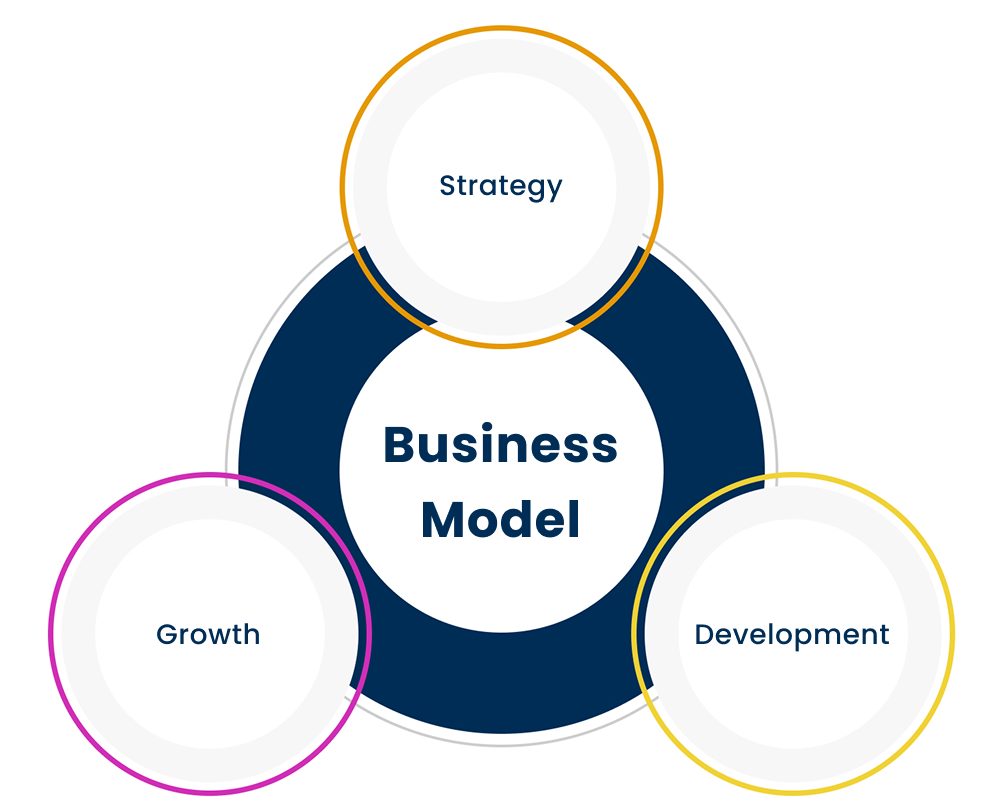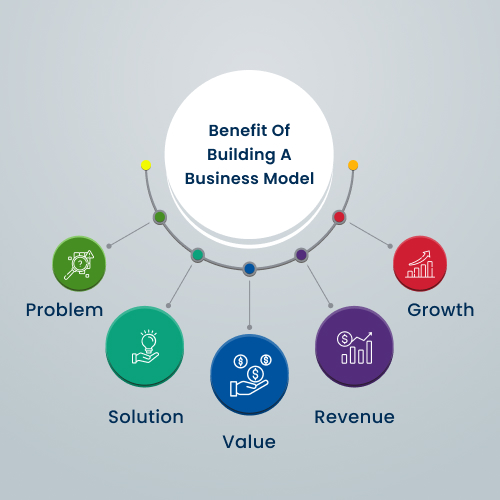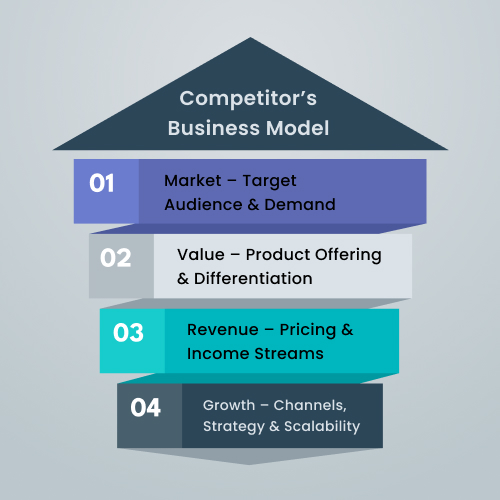Business Plan
A business plan takes a step further to show how you intend to execute the business model. Moreover, it also contains the information about operating practices, experiences, structure and composition of management, experience, structure of the management group and milestones that should be met within a specific time frame, and detailed financial projections. Conversely, a business model is regarded as fundamental and will not tend to be redesigned in response to more immediate changes. Conversely, a business plan has a higher chance of being revised in accordance with the changes in the economy or market. Thus, they are both significant, but they have different functions in a business strategy.















